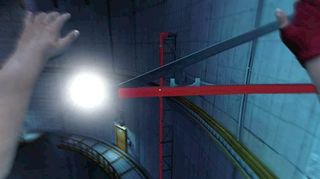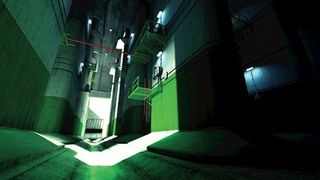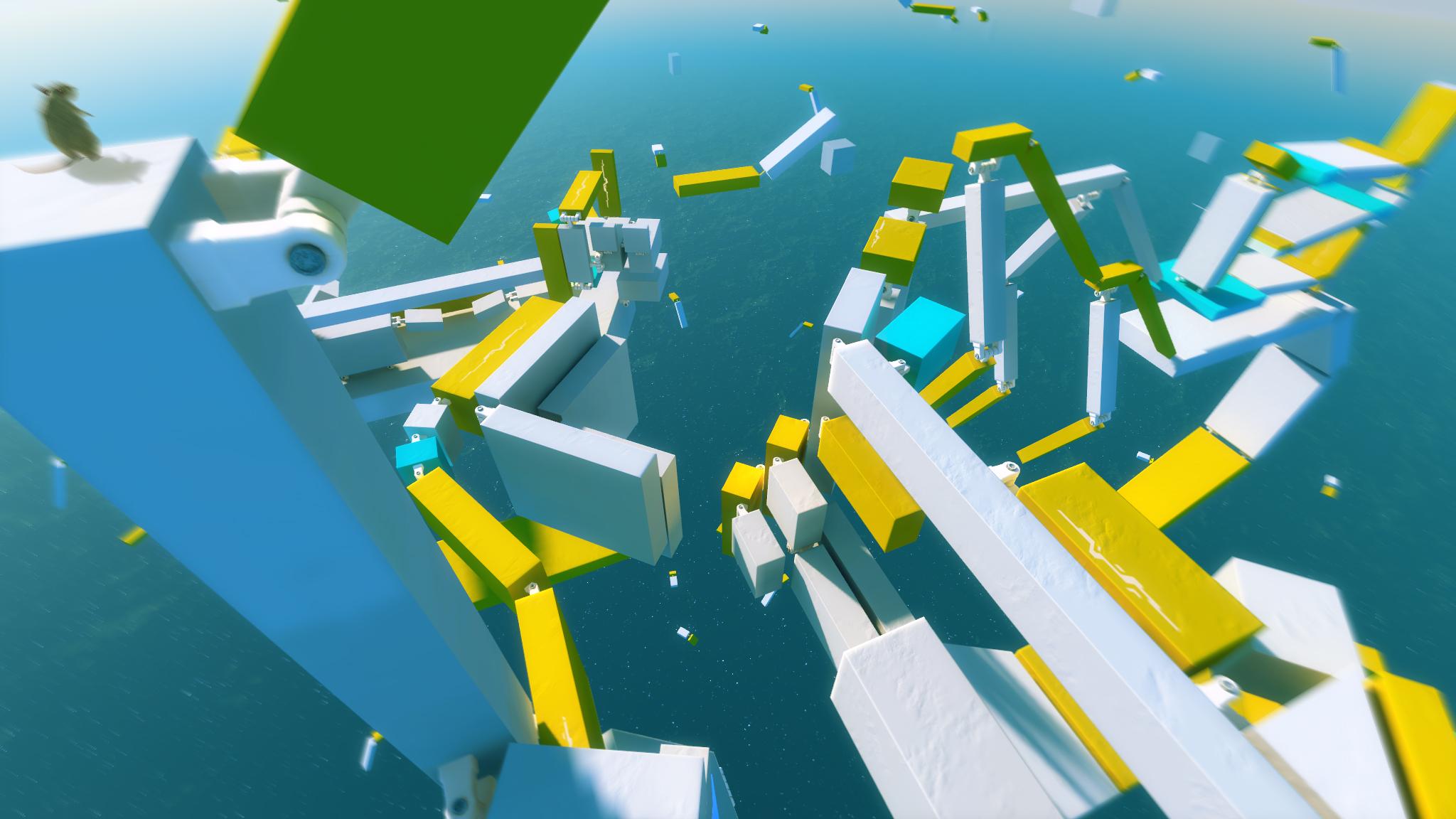12DOVE Verdict
Pros
- +
Incredible chases
- +
New way of playing games
- +
Fresh
- +
vivid look
Cons
- -
Slow parts are weak
- -
Disarming feels imprecise
- -
Gunplay feels awkward and wrong
Why you can trust 12DOVE
To say Mirror’s Edge is about running and jumping is a bit like saying that Call of Duty 4 is about shooting bullets: about as subtle as a truck in the face and, while undeniably true, missing out the really important things that make it so great. This game is different. How? Well, it’s a first person title that’s not solely focused on guns, for a start. It’s sort of an anti-shooter – it takes the basic shape and feel of an FPS but then ditches the hammering destruction and fury and instead goes all out for elegance and style.But it still does guns pretty well, if you want them.

The premise here is that you’re Faith, resident of an ominously sanitized near-future city. Political corruption and police brutality are masked by the metropolis’ uncompromising Arctic clean lines and an ice-cube skyline of stark white tower blocks. Troublesome elements have been forced underground – among them criminals, free-thinking intellectuals and, apparently, acrobats. Because as one of the city’s covert network of runners, couriering packages of important information away from the heavily monitored regular channels, Faith is impossibly athletic, sure-footed and fast; picking routes over rooftops, scurrying across walls and sliding secretly through the impeccable metropolis almost effortlessly. Sounds easy, right?
But that’s the first thing to make clear: Mirror’s Edge really works. It actually feels like you’re running – or jumping, or shimmying, or skidding. This game’s closest relations, in terms of ideas, are probably Prince of Persia and Tomb Raider, both of which give you an easy time keeping in touch with the position of your character because you can always see them. The crucial thing with Mirror’s Edge’s leap from third to first person is that you maintain that sense of which bits of you are where, thanks to the motion of the screen and the way arms and legs occasionally cross your vision – and therefore you know what to do with them next.

It helps that the controls are so simple. Based on basic up or down commands, they’re context sensitive (it’s OK, this works too), so pressing the “upward movement” button makes you go up for jumps, wall runs, skipping over fences and the “downward movement” button does the opposite: helping you slide under obstacles, nail smooth landings or drop from ledges. There’s other stuff as well – a button to activate the odd switch or key and another to turn 180 degrees – but it’s the intuition of going over or under that lets you get on with the really important thing: going as fast as possible without stopping.
More info
| Genre | Action |
| Description | It’s ambitious in a multitude of ways, both in making a platformer from a first-person perspective and in its implementation of free running. It’s really, really good and you should play it, but damn, it could have been superb. |
| Platform | "PC","Xbox 360","PS3" |
| US censor rating | "Teen","Teen","Teen" |
| UK censor rating | "16+","16+","16+" |
| Release date | 1 January 1970 (US), 1 January 1970 (UK) |
This dev's first Steam release, a $3 banger with 3 hours of fun, is now one of the highest-rated games of the past month at 1,639 reviews averaging 98% positive

Diablo 4 Season 7 faces new competition: the original Diablo, which is coming to Xbox Game Pass just a week earlier
Marvel Rivals devs know Duelists are dominant, so they're nerfing the biggest offenders and giving Cap and Venom some help in Season 1
